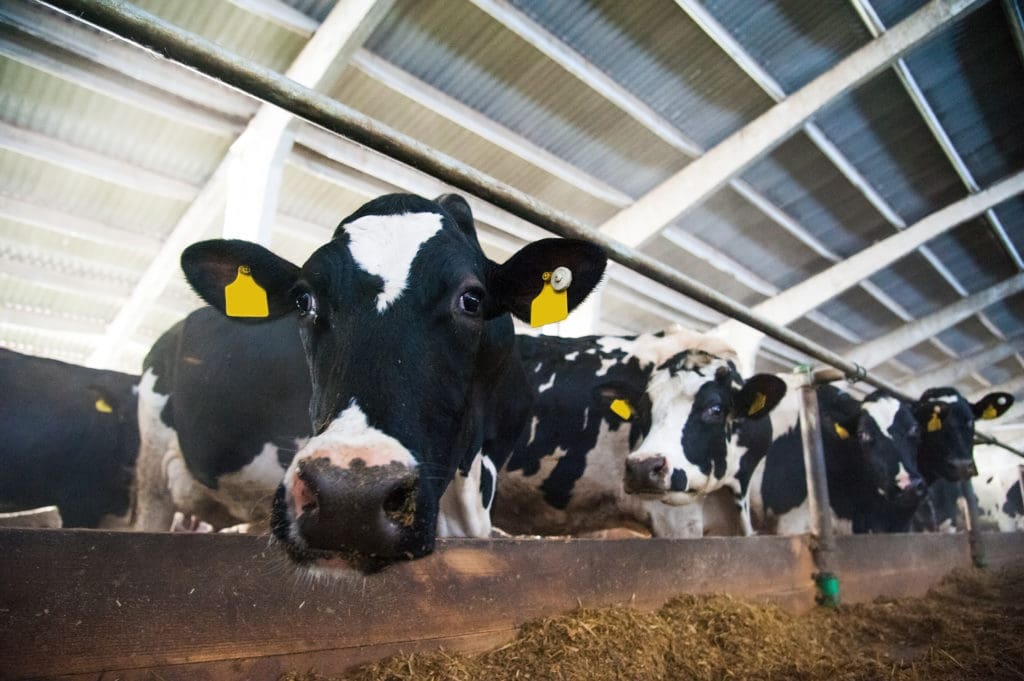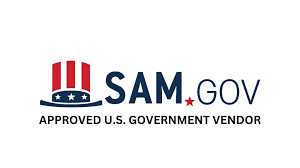“Nothing is certain except for death and taxes.”
– Ben Franklin
Ben Franklin has been quoted for saying, “Nothing is certain except for death and taxes.” Well, the same applies to any livestock operations. Animal mortality losses are a normal part of poultry and livestock operations. Farmers and producers need to have an efficient cow carcass disposal method to appropriately to prevent the spread of disease or affect water quality.
Cow and Cattle Disposal Options
 Cow and cattle carcasses can be removed through various disposal methods:
Cow and cattle carcasses can be removed through various disposal methods:
- Rendering
- Incineration
- Burial
- Composting
- Cow carcass abandonment is NOT considered an acceptable disposal practice.
Rendering
The process of converting animal carcasses into a by-product such as a feed protein using high-temperature, pressurized steam. Rendering is no longer a common cattle carcass disposal solution in some states due to the cost and lack of facilities.
Incineration
Thermal destruction of carcasses using propane, diesel, of natural gas fuel. Large animal incinerators (also referred to as cremators or crematoriums) are available to dispose of cow or cattle carcasses, horse carcasses, or other large animals. Incinerators offer an environmentally-friendly, efficient way to dispose of cow carcasses and other dead animal remains.
Burial
When burying a cow carcass or other large animal, it can be difficult to find the appropriate burial site. Weather can also be a factor since it carcass burial is difficult in the winter and areas prone to flooding should be avoided.
Composting
Composting is the naturally occurring process that breaks the carcass into basic elements using microorganisms and heat. Materials and some maintenance are required. Poper composting techniques will destroy disease-causing bacteria and viruses.
Want to learn more about large animal incinerators?
Firelake Manufacturing has been working with university and private firms to help with horse, cow, and other large animal cremation and animal carcass disposal needs. Cremators have to be accessible yet large enough to accept the animal carcass with minimal effort. Top-loading models are convenient for suspended loading such as when slings or buckets are used. Remains are normally pulled from a side after the cycle is done. Firelake Manufacturing has options from 50 cubic feet to 225 cubic feet in load capacity. Low electrical demand allows most models to be operated on a low amp single 120 volt or 220 volt feed. Stainless steel options are available as well as optional chamber linings and many afterburner configurations.
Contact Firelake Manufacturing Today!
Firelake Manufacturing can answer your questions, help you locate a local dealer, and get you started. Call us today at 800-820-3391 or contact us here.

